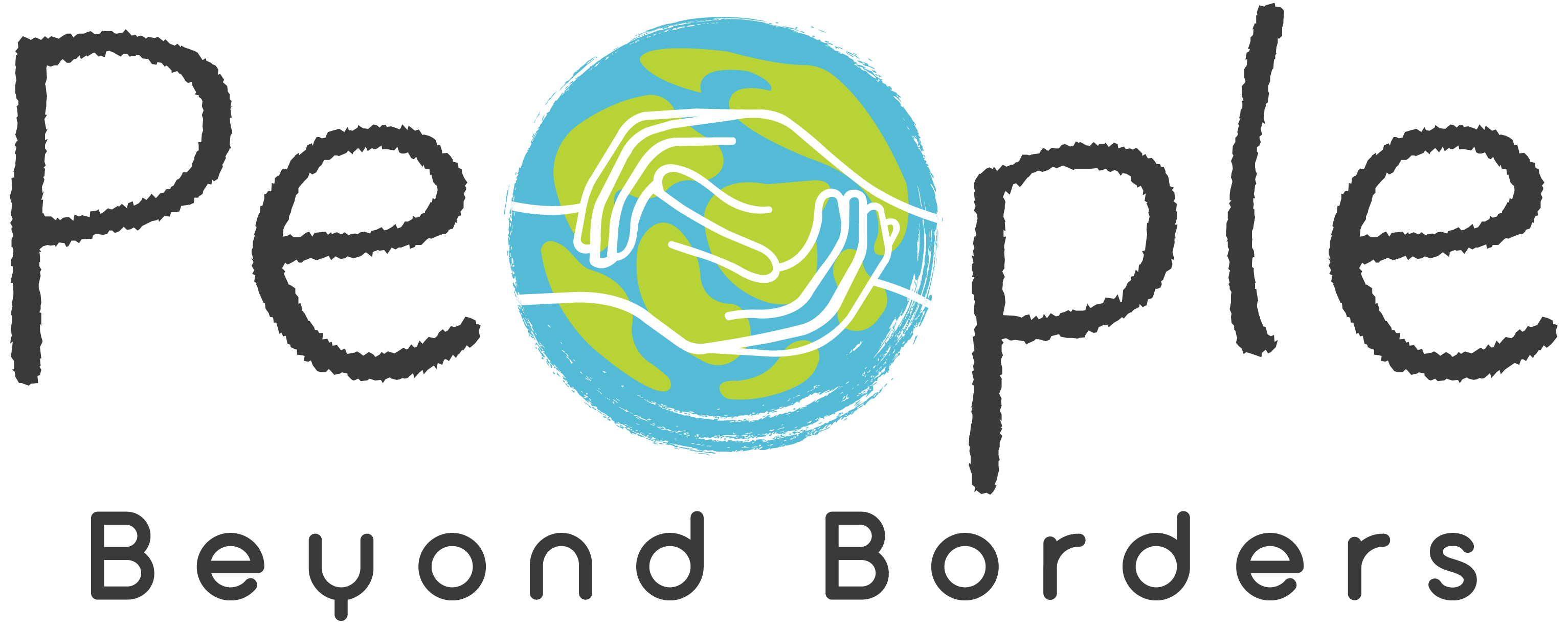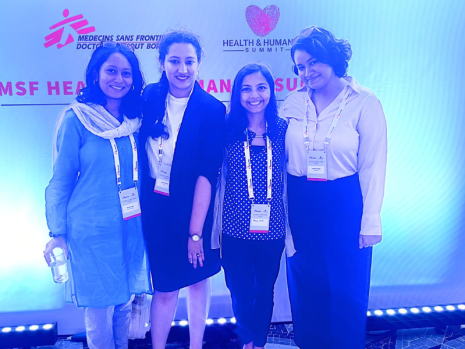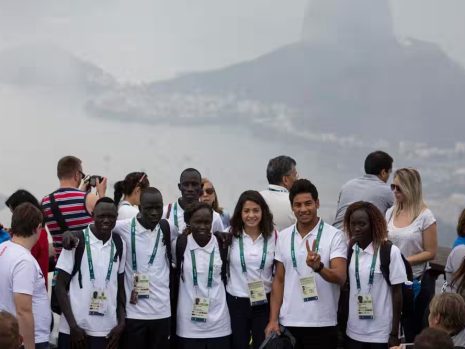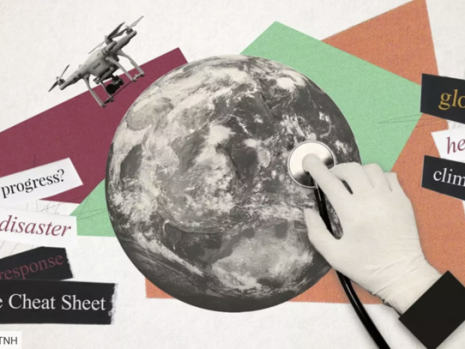The world is rapidly urbanizing and so is internal displacement. Yet we—humanitarians—often fail to properly understand how displaced people cope in such settings and how to better support them. In light of this, we embarked on a study over the last year to reflect on how we can improve humanitarian responses in urban environments
Cities may be places of refuge for large numbers of people fleeing armed conflict or violence unfolding in the countryside or in other cities. Take the Somali city of Baidoa, where the population is estimated to have doubled because of the large-scale movement from rural areas caused by drought and insecurity in 2016-2017. Cities may also be the theater of war—in which case, people may flee from neighborhoods under attack to safer ones. Take Mosul, where hundreds of thousands of displaced persons moved from one side of the city to another, seeking shelter in safer neighborhoods from ongoing military operations. Such rapid arrivals durably change the landscape and social fabric of cities.
To reflect on displacement in urban settings and on the extent to which typical humanitarian responses are fit for purpose, we interviewed hundreds of people who had been internally displaced into or within cities and people from their host communities in four cities: Baidoa in Somalia, Maidugiri in Nigeria, Mosul in Iraq and San Pedro Sula in Honduras. We concluded, as reflected in the report we just launched, that some inspiring approaches are being developed, but that there is significant room for improvement—notably in building responses upon reliable data and analysis, rather than on assumptions about people’s situation.
The effect of displacement
In city after city, people’s stories made it clear that the experience of displacement went beyond a loss of assets. In Mosul, people kept evoking the extreme violence they had endured. Men spoke with great pain of their failure to protect their families during their flight. Parents talked of the unbearable sorrow of their inability to provide specialized medical care for their sick children. In Maiduguri and Baidoa, people spoke of having to familiarize themselves with a foreign environment, of having lost their social place in the world. In San Pedro Sula, people described how violence had dispersed their families within and across borders. The same people were afraid of taking public transport, as they feared running into those who had made them flee in the first place. This strongly limited their ability to work.
Their grief for a past—a community, a home, a way of life—that no longer existed resonated with Hannah Arendt’s poignant writings on the reduction of refugees to their state of bare life and their ‘deprivation of a place in the world which makes opinions significant and actions effective’.[2] The people we spoke to had crossed no border, but they conveyed a great sense of uprooting, of no longer being part of a community. They spoke of the humiliation at having to beg for help and rely on other people’s charity, and of their sense of not being seen and of no longer being considered as dignified persons.
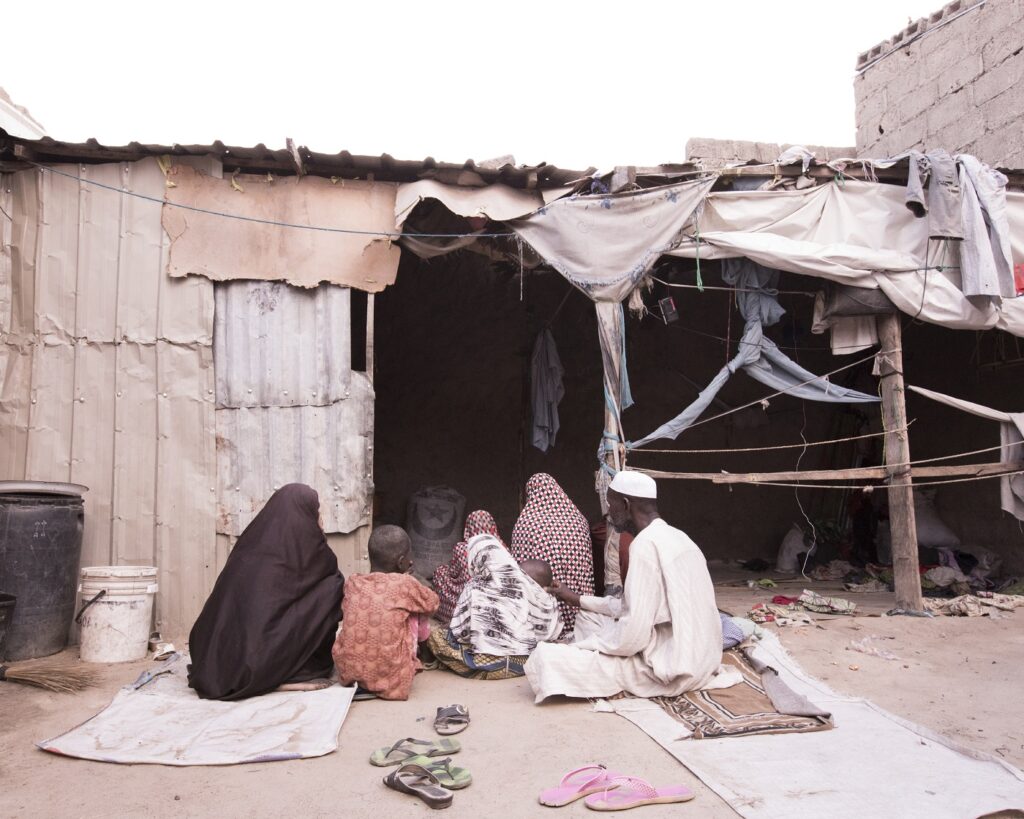
Conducting this research was perplexing and frustrating: at times we wondered why the humanitarian response remained so imperfect, after decades of critical writing and thinking on humanitarian action. How could the response overlook large populations simply because they did not live in camps? How could it be so focused on bare survival, and neglect longer-term recovery? How could it so often fail to capture the reality that people’s experiences and well-being cannot be neatly divided in categories of needs?
We knew even before starting that despite important efforts by humanitarian actors in recent years to develop better responses to urban displacement, significant improvements were still needed. We knew that shortcomings are often attributed to the scale of needs and complexity of cities, to humanitarian actors’ limited urban expertise, to the rigidity of planning and funding schemes, to funding gaps and to political interests.
Yet, we did not expect to reach the conclusion that shortcomings also largely result from responses being built upon assumptions, rather than on sound evidence and analysis.
The problem with assumptions
The typical humanitarian response to displacement in urban settings outside camps can be described through three key features. First, it focuses on formal and informal camps—and this, despite the fact that we know a large number of people do not settle in camps. Second, gaps exist both in the emergency response and the longer term response. Third, there is an over reliance on blanket responses, which means that the specific needs of displaced persons might remain unaddressed.
We argue that these shortcomings notably result from the fact that the response is commonly built on unverified assumptions—and routine ways of operating. The bias towards camps can be explained by the assumptions that displaced persons living in urban settings outside camps are harder to identify and that they are better off than those living in camps. The latter can also explain both the limitations in the emergency response and the lack of continuity in the response. Blanket responses without individual or household responses are in part favored because of the assumption that people outside camps face the same problems as the urban poor and the assumed difficulty of identifying them.
The lack of context-specific reliable information makes it difficult, if not impossible, to assess the validity of these assumptions. But the limited information available in the literature makes it clear that they are not universally true and should be assessed against the local reality. Otherwise, the response will fall short of meeting people’s needs.
A focus on dignity is essential to meet people’s needs
People flee to cities or certain neighborhoods in cities not only hoping to find safety, but also seeking services, work, social networks and support from relatives and friends, and, eventually, humanitarian assistance. Arriving in cities, many settle outside of camps—in fact, many avoid camps at all costs. Some are hosted by the community, others rent accommodation, settle in half-destroyed or unfinished buildings or piece together sticks and rugs to erect flimsy shelters. Most receive limited support and struggle to put food on the table, secure adequate housing and find a livelihood.
In the absence of safety nets, people displaced into cities and living outside camps are left to their own devices to cope. Social, legal and political environments sometimes obstruct their efforts to normalize their situation. And while host communities often show great solidarity in receiving displaced persons, displacement evolves into a burden to hosts when it becomes prolonged and support from the government or humanitarian organizations is minimal or nil.
People manage, but often to the detriment of decent meals, adequate housing and education for their children. Sometimes they end up resorting to harmful survival strategies, such as selling all their assets, sending their children to work or engaging in transactional sex. With relatively little assistance many would be able to start working again and regain their autonomy.
Yet, when there is a humanitarian response, it often focuses only on ensuring that people stay alive. This is not enough, especially as displacement often becomes prolonged. Humanity goes beyond meeting our food or water needs.
We, as humanitarian actors, need to focus more on helping people to preserve or regain their autonomy and their sense of dignity. Building people’s resilience might entail significant short-term investments, but in the long run, helping people regain their autonomy lessens their need for assistance. And although assets and a stable income cannot solve all-displacement related problems—for instance, they may not address insecurity or discrimination—they are essential for people to regain their autonomy and normalize their situation by being able to buy food, pay their rent and send their children to school.
Four avenues to improve the response
As the world is urbanizing, has been urbanizing for a long time and will continue to urbanize, cracking the urban challenge is essential.
We did run into some promising approaches in the course of our research—for instance, in Maiduguri, programmes to help displaced persons secure tenure are being implemented. And in Iraq, urban services are being rehabilitated to cover the needs of residents and displaced persons.
But we need to do more to better meet people’s needs and expectations.
Obviously, we need to build responses on reliable data and analysis, rather than generalizations and assumptions.
We need to better understand the needs and vulnerabilities of displaced persons in cities and the impact that their displacement has on host communities. To do this, we must truly place people at the center of our reflection. Humanitarian organizations have made significant efforts to enhance their engagement with affected populations, but the practice sometimes steers away from that, in part because consulting people takes time and there is a fear that doing so could create expectations that cannot be met. We also need to find ways to help people come to us to express their needs, their problems, their expectations.
We need to focus more on helping people recover and live dignified lives. To do this, we must be able tosupport them before they become completely destitute and until they can regain their autonomy—hence, we must stay by people’s side as long as needed and recognize that helping them earn their living again is essential. This means that we must better articulate short- and long-term interventions by approaching emergency support and resilience building simultaneously from the beginning of displacement rather than as sequential times of the response. And it means that we need to work at different scales—on the level of individuals, communities and cities—through tailored responses and structural interventions such as rehabilitating urban services or supporting the development and implementation of domestic normative and policy frameworks on internal displacement, in line with international obligations. Integrating long-term considerations in the humanitarian response can also help prevent development reversals.
And finally, we need to team up and explore new approaches.We need to ensure complementary and coordinated efforts by humanitarian and development organizations in support to the authorities and other central and municipal actors. Development organizations may be better placed than humanitarians to work with public authorities on broader and structural issues, but may not be in a position to address individual vulnerabilities. Humanitarian organizations may also have access to areas that remain out of the reach of development organizations. And to innovate and test ideas, we need to allow ourselves to fail and learn from experience.
Footnotes
[1] The research, co-led with Angela Cotroneo, global adviser on internal displacement, is the fruit of a joint project between the divisions of protection and of policy and humanitarian diplomacy at the International Committee of the Red Cross (ICRC), with significant support from the organization’s economic security and water and habitat units and ICRC delegations around the world.
[2] Arendt, Hannah. 1968 [1951]. The Origins of Totalitarianism. Cleveland: Meridian Books: 296.
